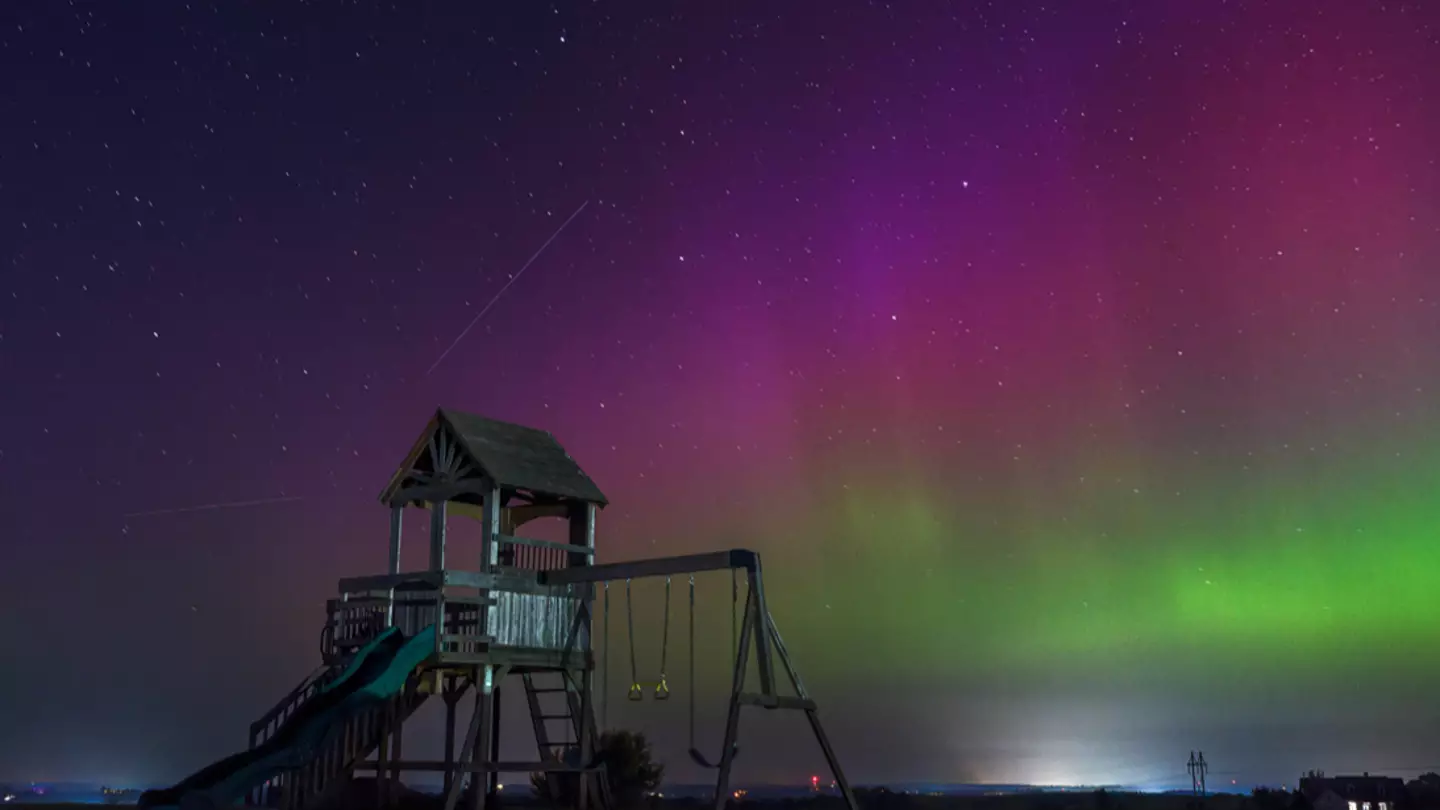Experts reveal when last chance to see the Northern Lights this decade will be
This is perhaps our last chance this decade to catch nature’s unforgettable light show
Featured Image Credit: Getty Images/NurPhotoTopics: Iceland, Travel, World News, Weather
